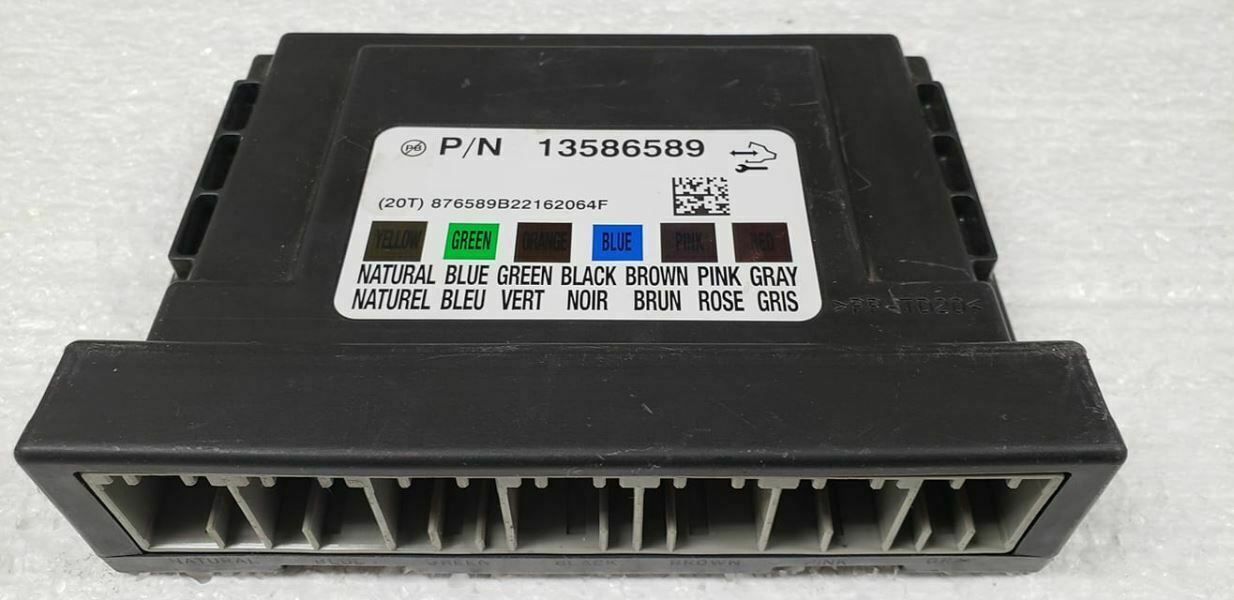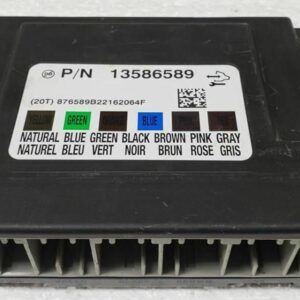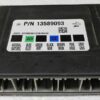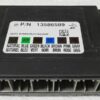Restore Your Vehicle’s Electrical System with a Plug-and-Play Solution
Are you dealing with baffling electrical issues in your Cadillac, Chevy, or Buick? Flickering lights, malfunctioning power windows, or a dashboard that’s lit up with warning lights are classic signs of a failing Body Control Module (BCM). As the central computer for your car’s comfort and security features, a faulty BCM can make driving a frustrating experience. For over 20 years in the shop, I’ve seen how a bad BCM can mimic a dozen other problems, leading to expensive and incorrect repairs. This service is designed to be the definitive, cost-effective fix.
This isn’t just a replacement part; it’s a comprehensive data cloning service. You send us your original BCM, and we perform a full data transfer to this fully tested replacement unit. This process copies your vehicle’s unique VIN, security information, and other critical settings. The result? When you receive the module back, it’s a true plug-and-play installation, eliminating the need for a costly trip to the dealership for programming. We handle the complex part so you can get your car back to 100% with confidence.
Case Study: A Tricky Diagnosis
A customer brought in a 2013 Cadillac XTS with a complaint that was all over the map. The radio would cut out, the driver’s side window wouldn’t work intermittently, and the security light would flash randomly. They had already replaced the battery and the window switch with no luck. After connecting my scan tool, I saw a slew of communication error codes (U-codes) pointing to the BCM. Instead of just swapping the module, which would have required an expensive dealer visit for programming, we used a cloning service just like this one. Once the cloned 2013 ATS BCM was installed, all the random electrical gremlins vanished. It’s a perfect example of how targeting the root cause with the right solution saves time, money, and headaches.
Common Signs of a Failing BCM
If your vehicle is experiencing any of the following, a failing BCM could be the culprit. This is especially true if multiple issues are happening at once.
- ✔ Erratic or non-functional interior and exterior lights.
- ✔ Power windows, door locks, or mirrors not working correctly.
- ✔ Horn honking unexpectedly or not working at all.
- ✔ Vehicle security system issues, including false alarms or starting problems.
- ✔ Communication error codes (like U0140) stored in the system.
- ✔ Wipers turning on by themselves or not responding to the switch.
A Straightforward Guide to Installation
After you receive your programmed module from us, the physical installation is simple. The location of the BCM varies by model, so always confirm its position before starting.
- Safety First: Disconnect the negative terminal from your vehicle’s battery to prevent any electrical shorts.
- Locate the BCM: Find the Body Control Module. Common locations are listed in our fitment guide below (e.g., on the firewall for the ATS, or behind the dash on the Impala).
- Disconnect and Remove: Carefully unplug the electrical connectors from the old BCM. They have locking tabs that need to be depressed. Once disconnected, unbolt or unclip the module from its mounting bracket.
- Install the New Module: Mount your newly programmed BCM in the same location and securely reconnect all electrical connectors. You should hear a ‘click’ as they lock into place.
- Reconnect Power: Reattach the negative battery terminal.
- Test Functionality: Start the vehicle and test all body functions—lights, locks, windows, wipers, etc.—to confirm the repair was successful.
Important Post-Installation Notes
In some cases, your vehicle may require a simple relearn procedure after installing the cloned 2013 ATS BCM. These are not always necessary but are good to be aware of:
- Airbag System Sync: If your airbag warning light is on after installation, a professional scan tool is needed to perform the ‘Setup SDM Primary Key in BCM’ procedure. This syncs the BCM with the airbag module.
- Brake Pedal Position Relearn: Some models may require a brake pedal position sensor recalibration to ensure brake lights and traction control work as intended.
Disclaimer: We always recommend consulting a factory service manual or a qualified technician if you are unsure about any step. No core charge is required for this part; you can keep your original module.
Will This Fit My Vehicle?
This BCM is a direct-fit replacement for the following vehicles and part numbers. Please verify your part number and vehicle model to ensure compatibility.
Compatible Part Numbers: 13586589, 13589093, 13580689
- Cadillac ATS 2013: Body Control (BCM); (on firewall)
- Cadillac XTS 2013: Body Control (BCM); (left front hinge pillar)
- Chevrolet Sonic 2013-2014: Body Control (BCM); (RH rear quarter panel)
- Chevrolet Impala 2014: Body Control (BCM); VIN 1 (4th digit, New Style), (LH dash)
After you place your order, we will contact you with instructions to ship your original BCM to our facility. Once we receive it, our technicians will transfer all the essential data to the replacement module. We then ship the ready-to-install BCM back to you, typically within 1-2 business days of receiving your original.
No. The entire purpose of our service is to provide you with a module that is pre-programmed with your car’s specific data. This allows you to avoid the time and expense of dealership programming.
Our cloning service requires a readable original module to extract the necessary data. If your BCM is missing, water-damaged, or has severe circuit board failure, we may not be able to retrieve the data. Please contact us before ordering to discuss your specific situation.
Absolutely. By transferring the original, correct software and security data to a fully functional hardware unit, you are getting a stable and reliable repair that addresses the root cause of common BCM failures without introducing new programming conflicts.
For most vehicles, you will only need basic hand tools like a socket set or screwdriver to access and remove the BCM. No special electronic or programming tools are required for the physical installation itself.



